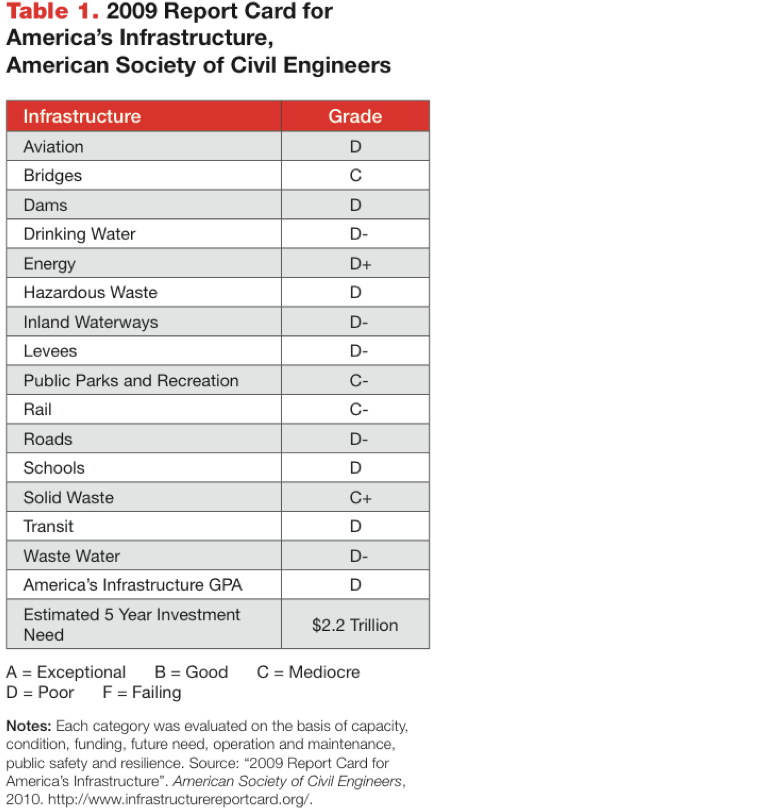
ALLIANCE FOR AMERICAN MANUFACTURING
The 21st century risk environment is creating an alarming trend in which the hyper-consequential, “500-year” event is occurring with greater frequency. Hurricanes, tornadoes, flooding, wildfires, earthquakes and tsunamis, as well as acts of terrorism and other man-made disasters, stand as constant reminders of the potential for significant and prolonged disruptions in our daily lives.
View this complete post...
Tags: AAM, Alliance for American Manufacturing, American Society of Civil Engineers, ASCE, Department of Homeland Security, DHS, Report Card
Posted in
Accountability, Aging Infrastructure, Bridges, Dams, Employment, Highway, Infra Views, Inland Waterways, Levees, National, Policy, Public Transportation, Rail, Roads, Transit, Wastewater
Comments Off on Preparing For 21st Century Risks: Revitalizing American Manufacturing to Protect, Respond and Recover
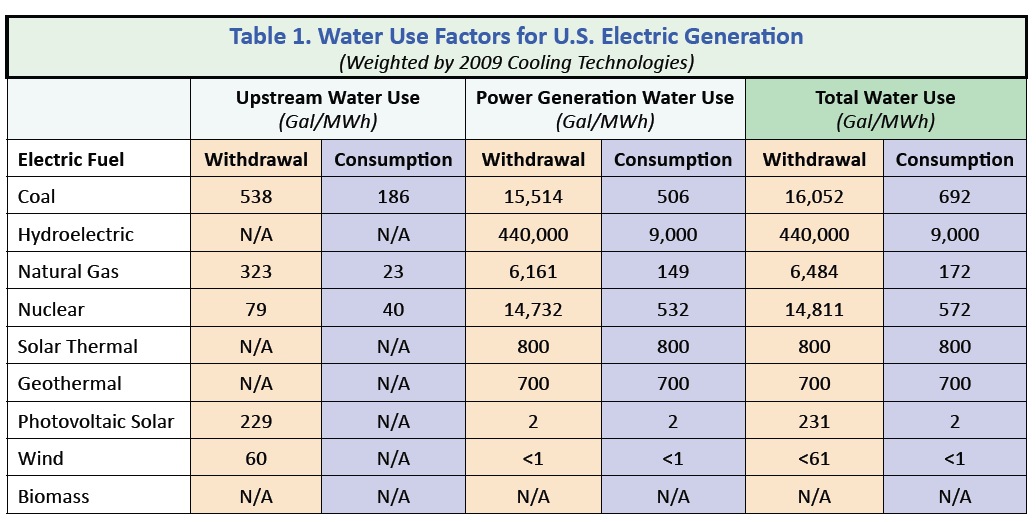
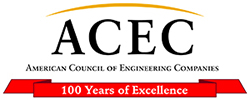







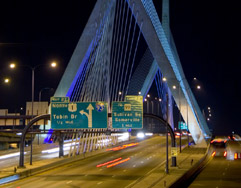
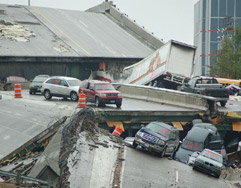
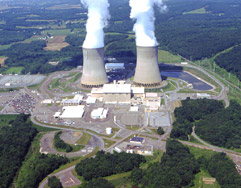
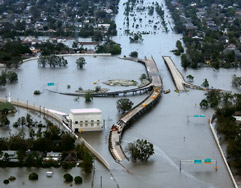
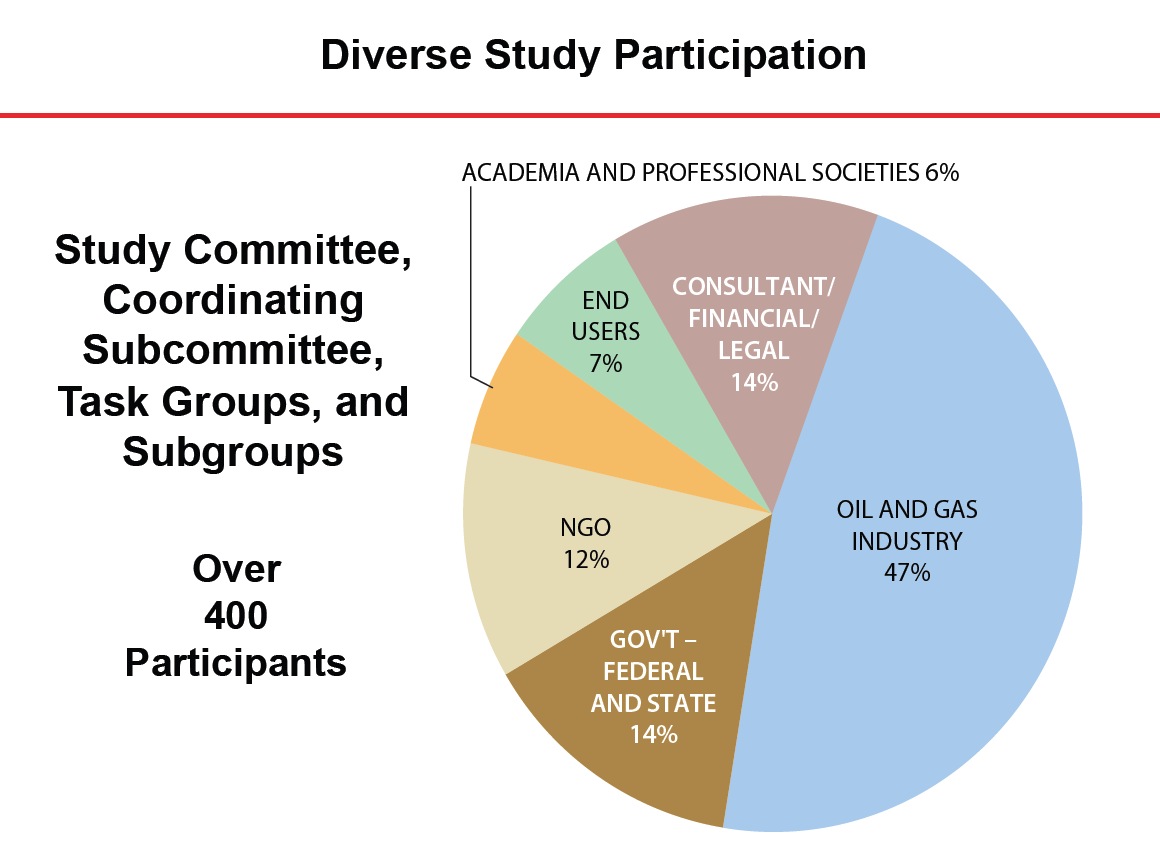

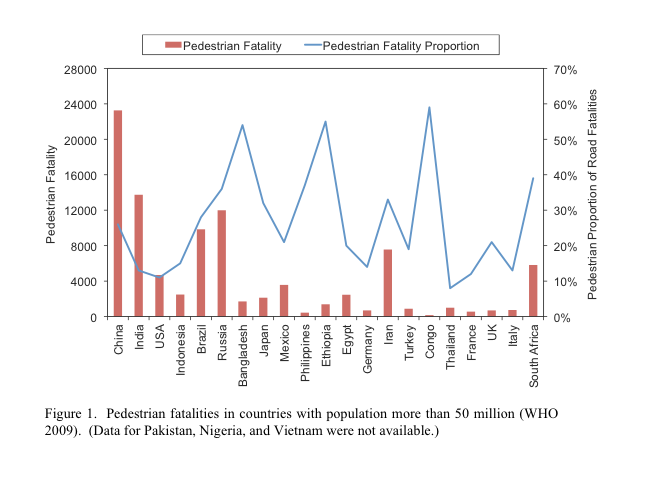

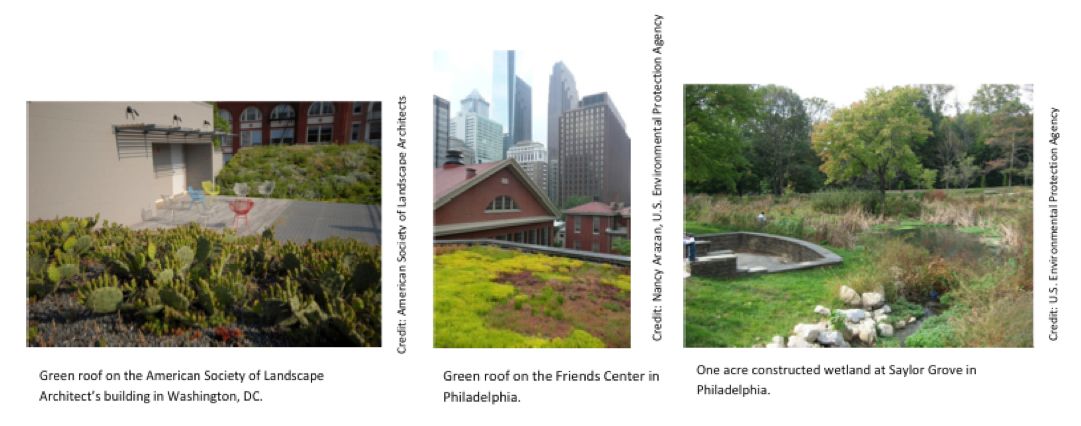
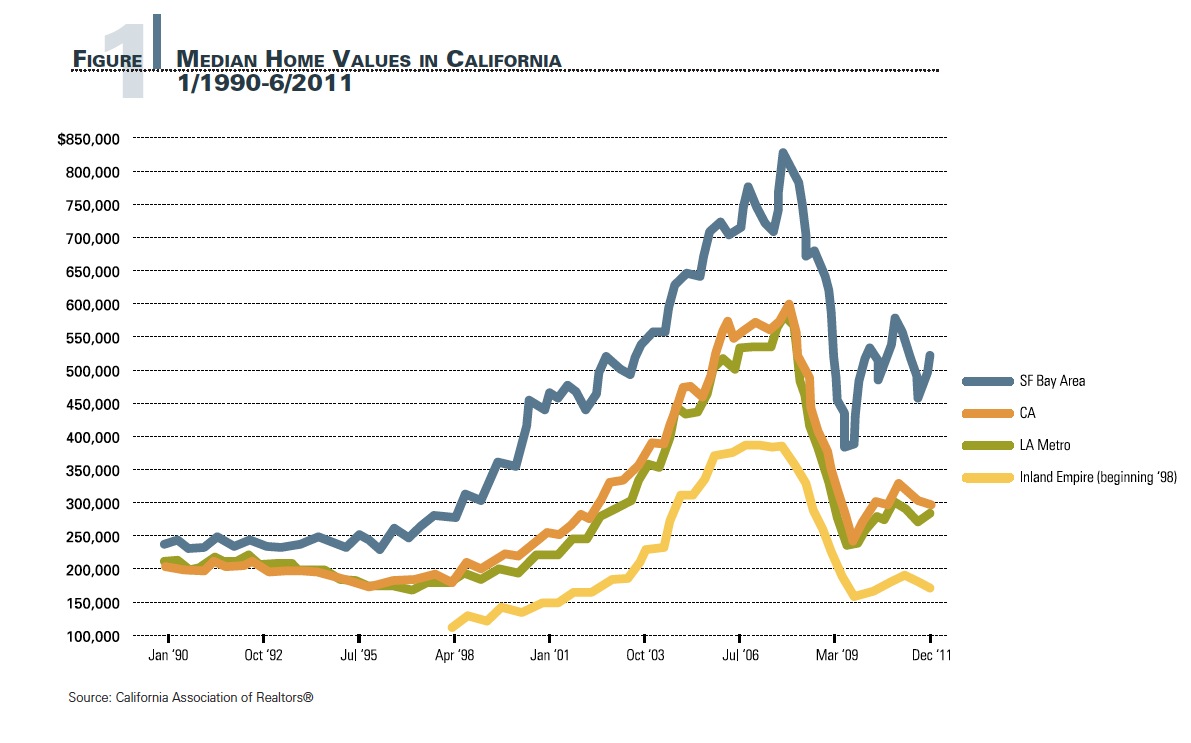

 RSS Feed
RSS Feed